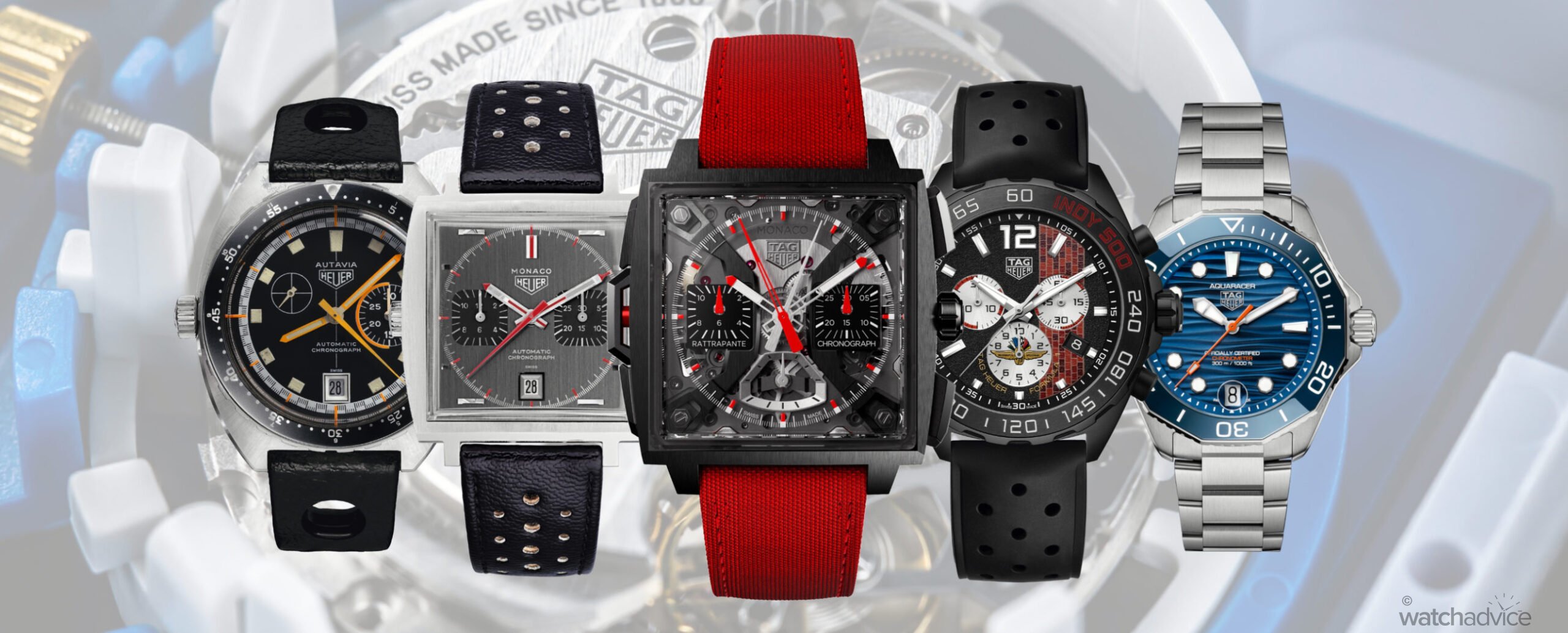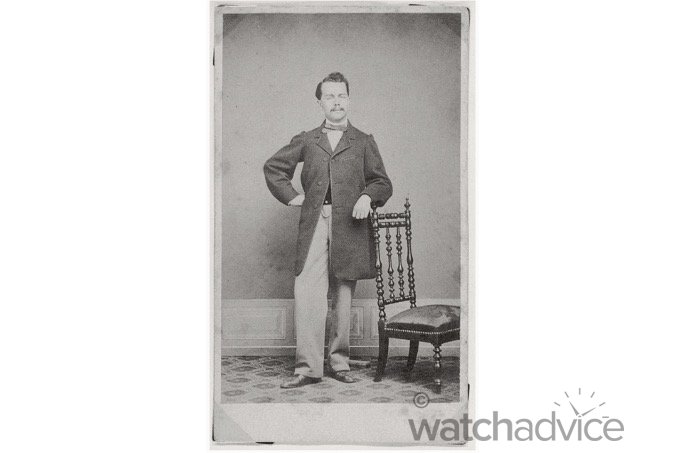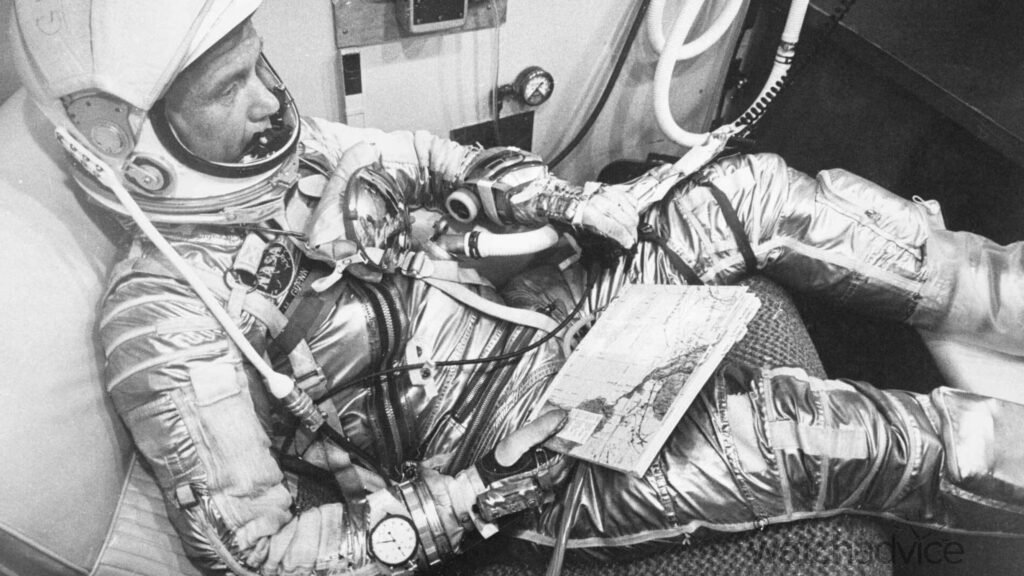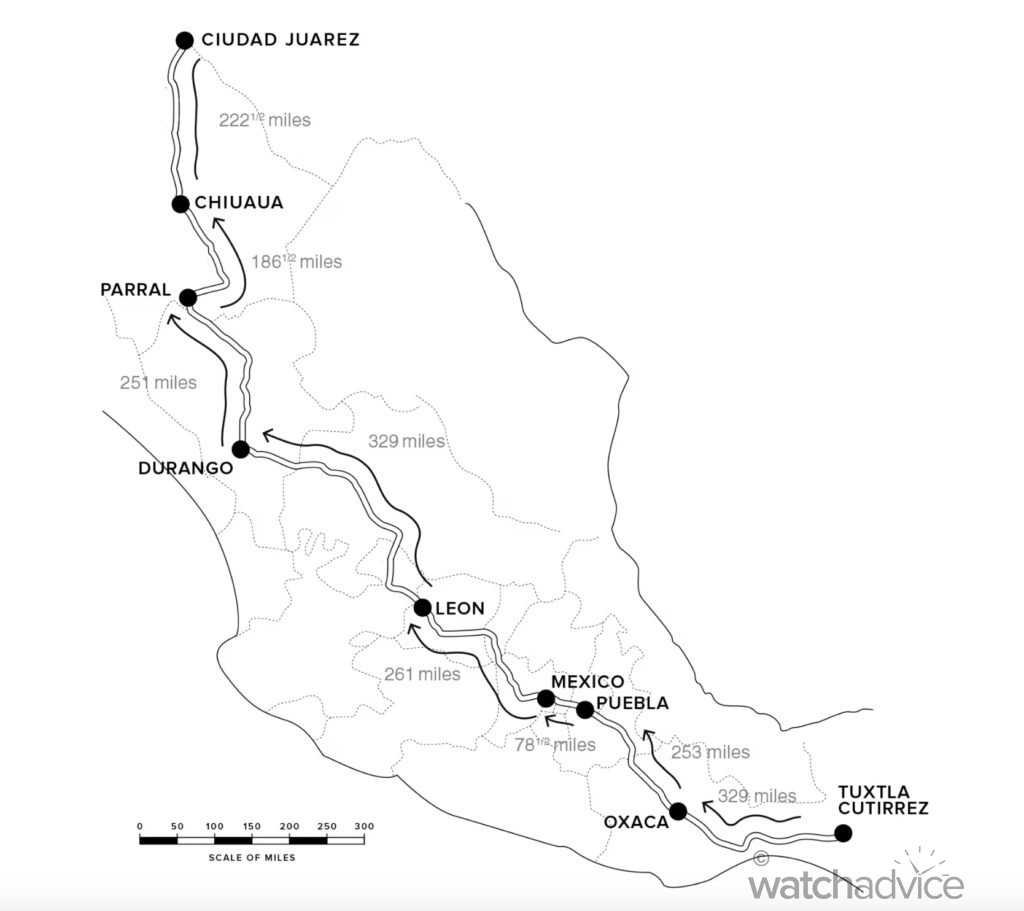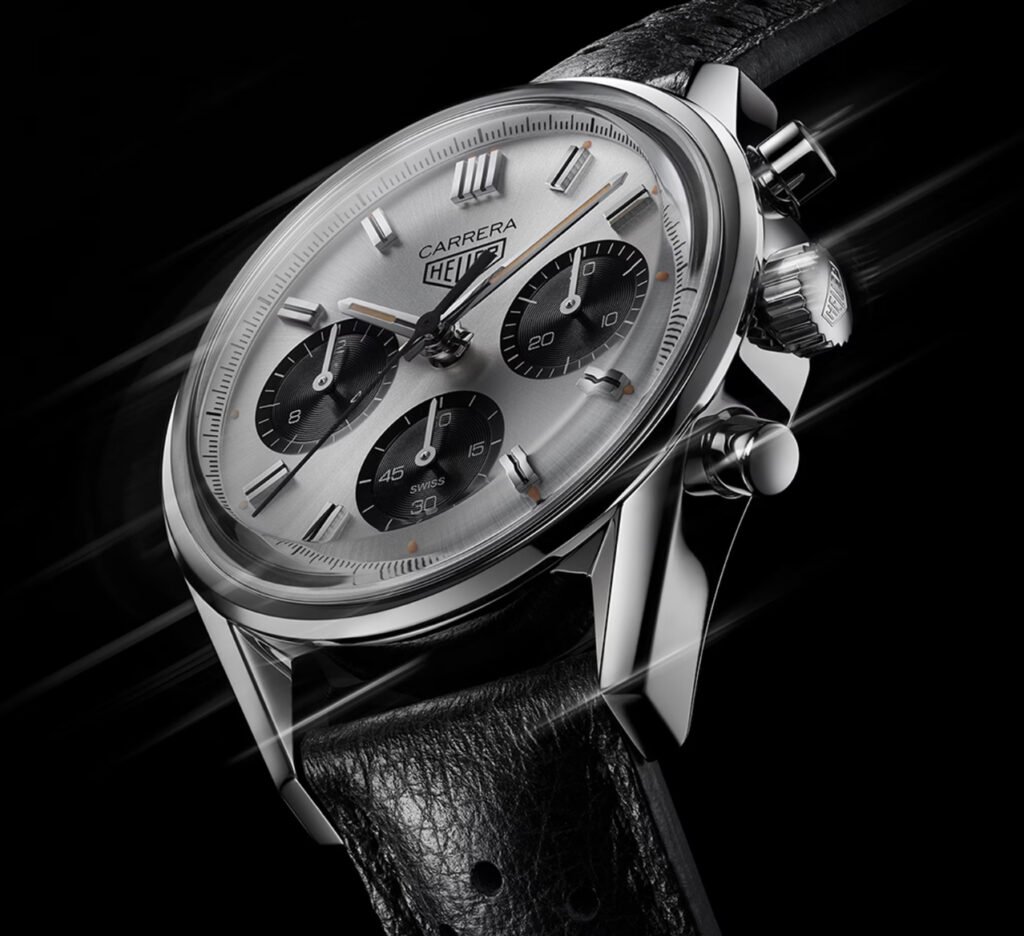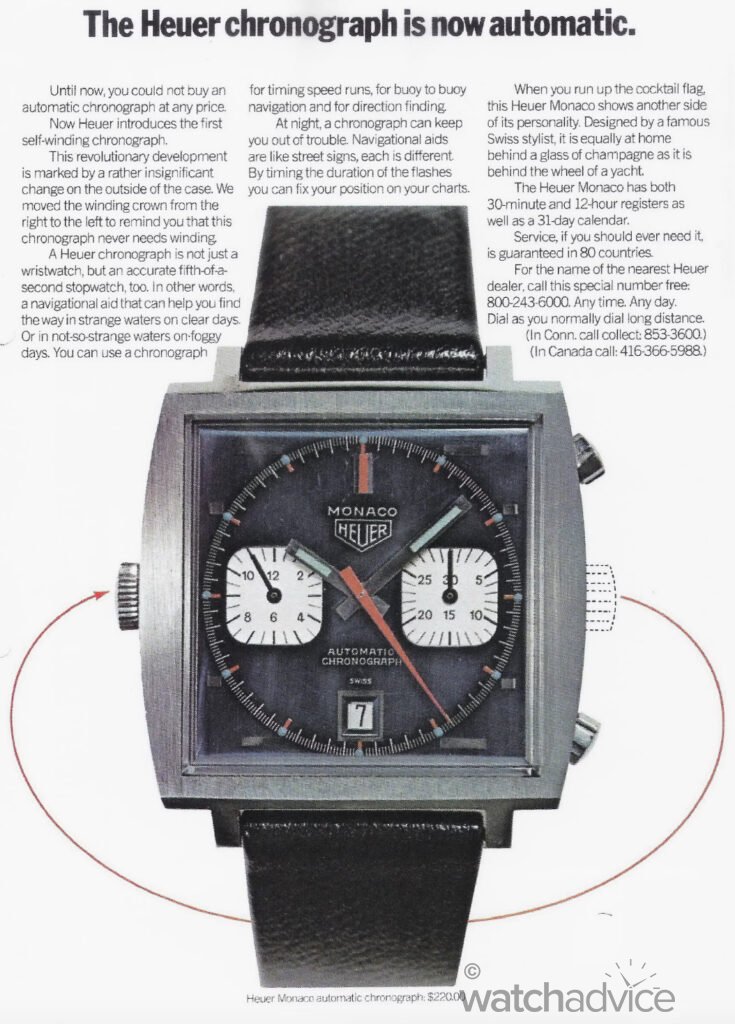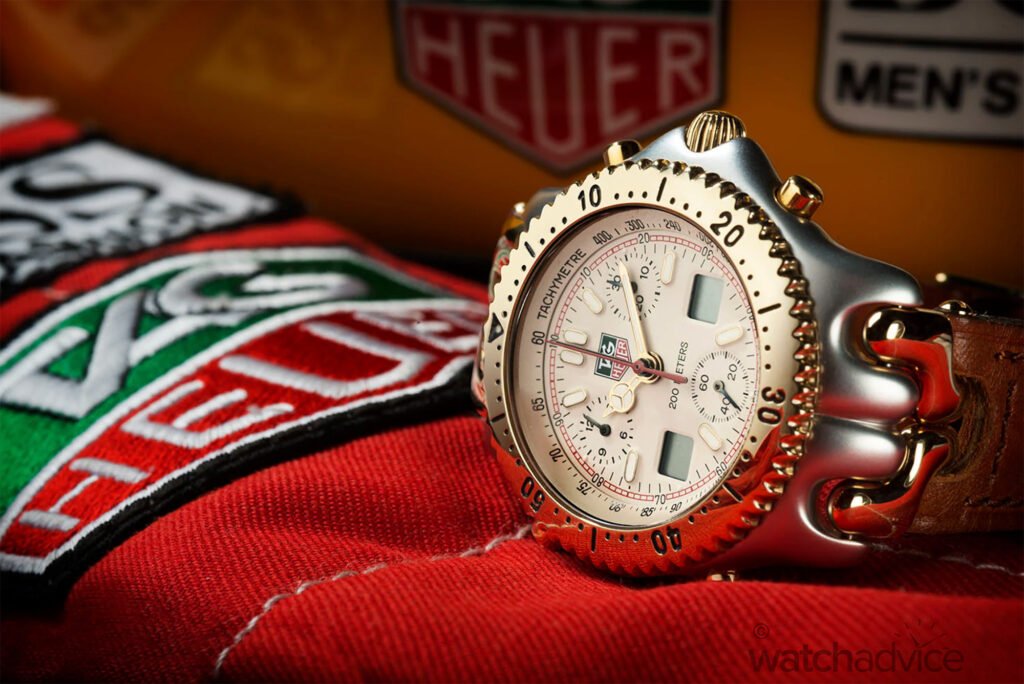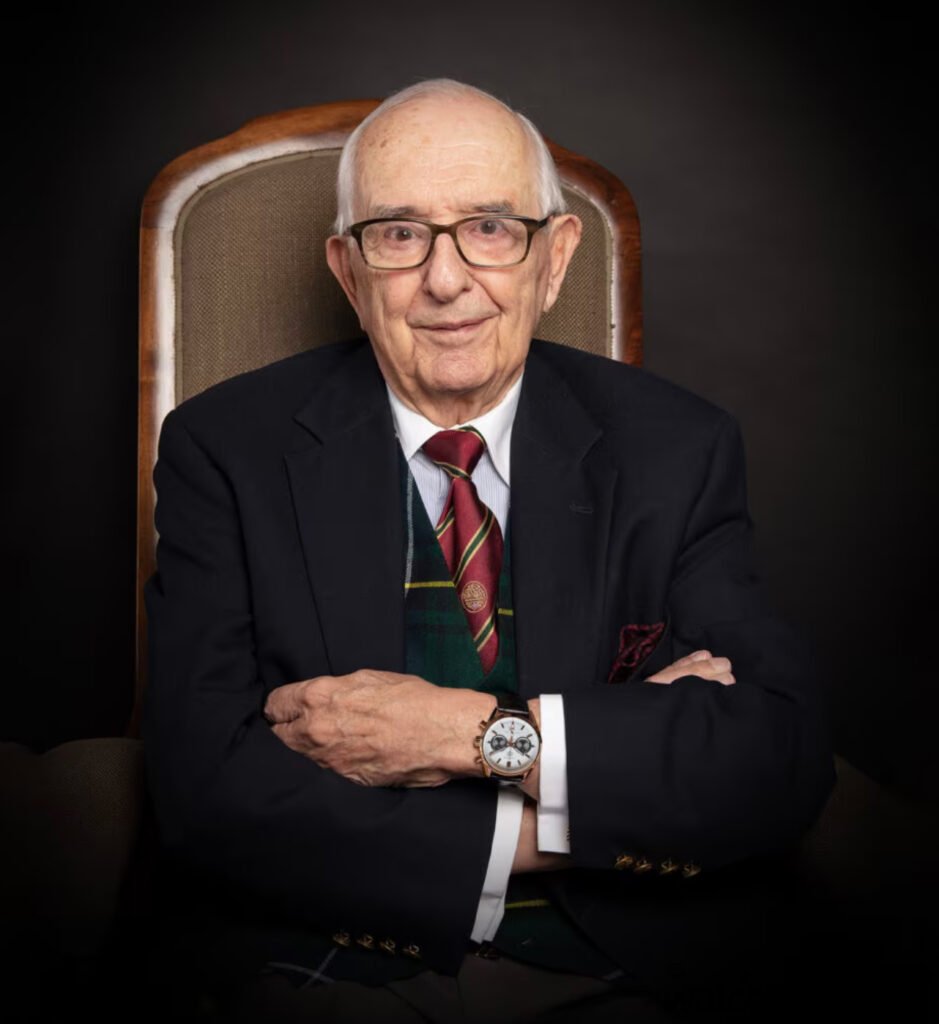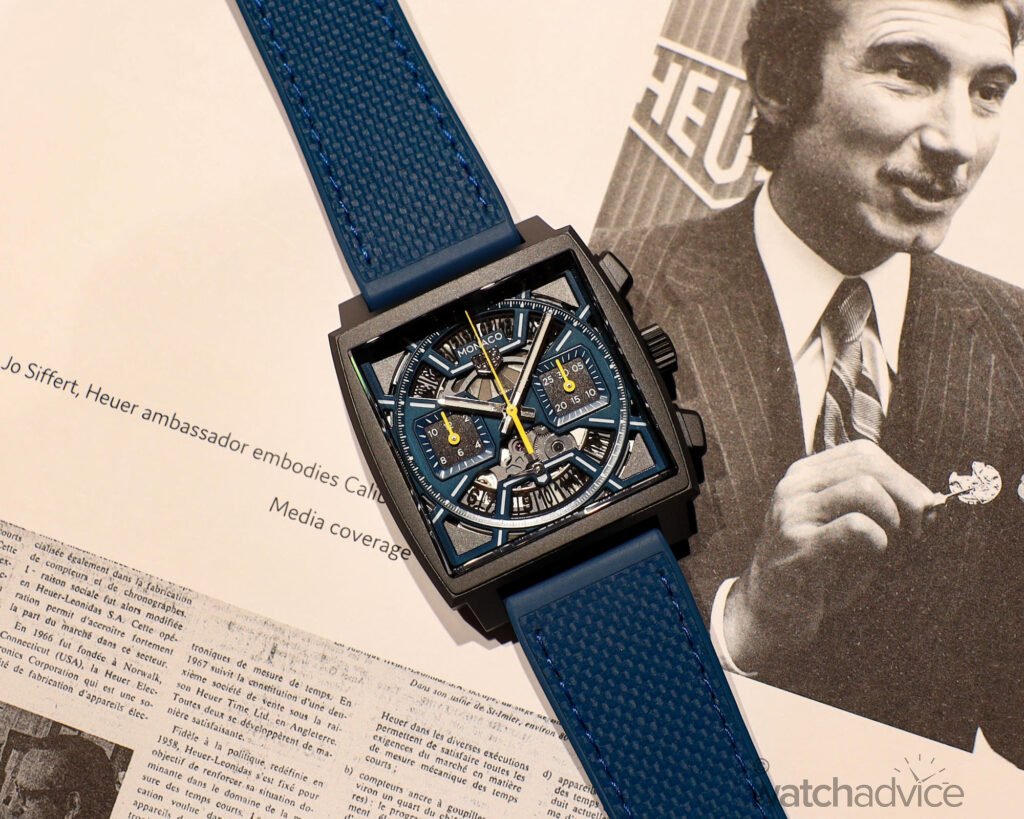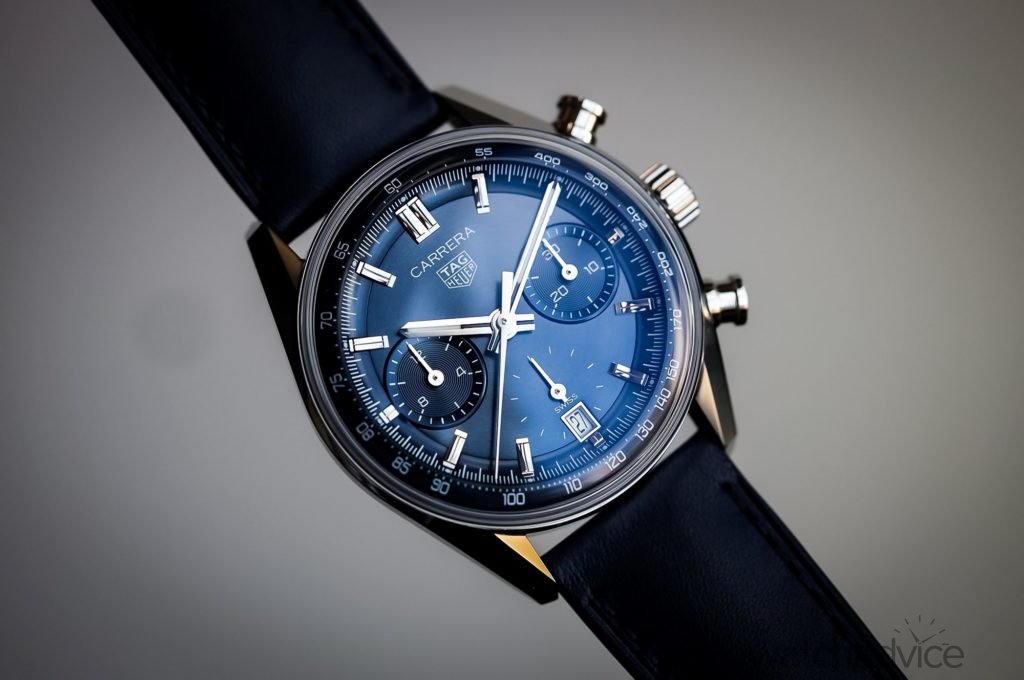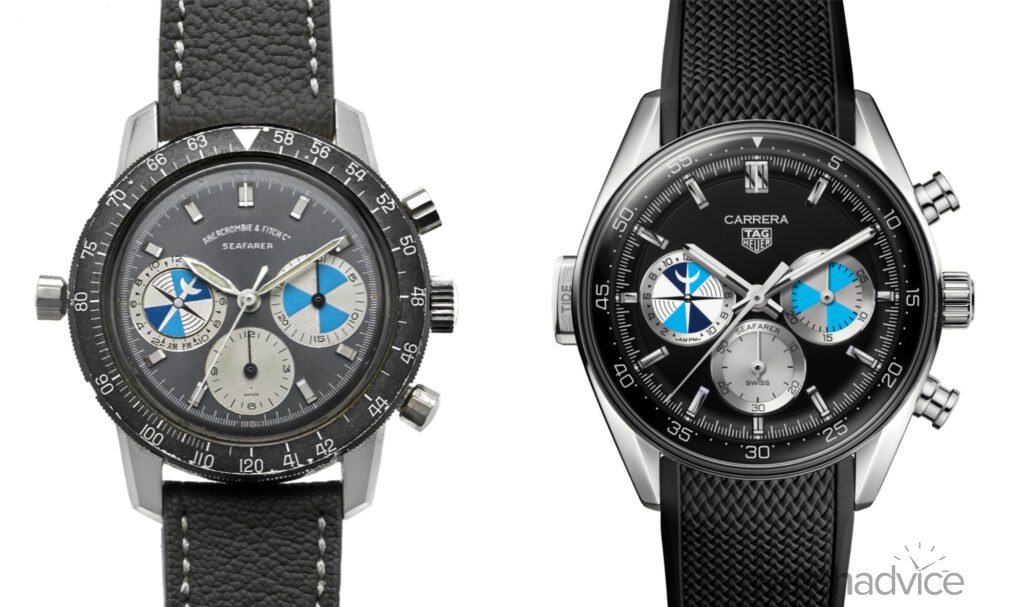TAG Heuer’s reputation in the watch world is nothing short of legendary, but if you’re a newcomer to the industry, you may not be awfully familiar with who they really are. Welcome to a basic rundown of everything you need to know about the history of the iconic timekeeping brand.
This article was written in partnership with TAG Heuer
TAG Heuer – A name synonymous with precision, innovation, craftsmanship and a deep love for all things racing and motorsport. At least, that’s how it is in the modern day. Of course, the biggest thing they’re known about are their chronographs – a subject I have already dealt with extensively.
Related Reading: The Art of Complications: Chronographs (With TAG Heuer)
In reality, TAG Heuer’s heritage stretches farther back than most new watch enthusiasts believe. Despite being a modern household name in the Swiss watch industry, their heritage stretches back 164 years. Tales from TAG Heuer are rife with tales of intrigue, adventure, and even survival in the face of inevitability. But when did this all begin? How did TAG Heuer establish themselves as one of history’s greatest watchmaking brands? And what does the future hold for this longstanding pillar of the watch industry?
Before we start, though, I must make a small disclaimer: Surprisingly, it’s hard condensing over a century and a half’s worth of heritage into a single article, but I hope I’ve done enough to pay tribute to the illustrious history of the brand. If you want a more in-depth look into the full story – and other stories I may not have told – you can check out TAG Heuer’s official website here.
Origins
The year 1860. The location: Saint-Imier, in the canton of Bern, Switzerland. There, one Edouard Heuer would lay the groundwork for what would later become TAG Heuer. Focussing on the production of pocket watches, he ensured that technical innovation was always at the forefront of the company’s ethos.
In 1869, Heuer would produce their first innovation: a keyless winding system for pocket watches. As opposed to a separate key that would be used to wind a pocket watch, Heuer’s first patent replaced it with a simple crown, undoubtedly laying some of the early groundwork for the evolution of the modern wristwatch. His biggest achievement, however, was in the innovation of chronographs. Heuer was not responsible for the first one – that honour lies with Louis Moinet – but he had experimented heavily in the field, even constructing his own in 1882.
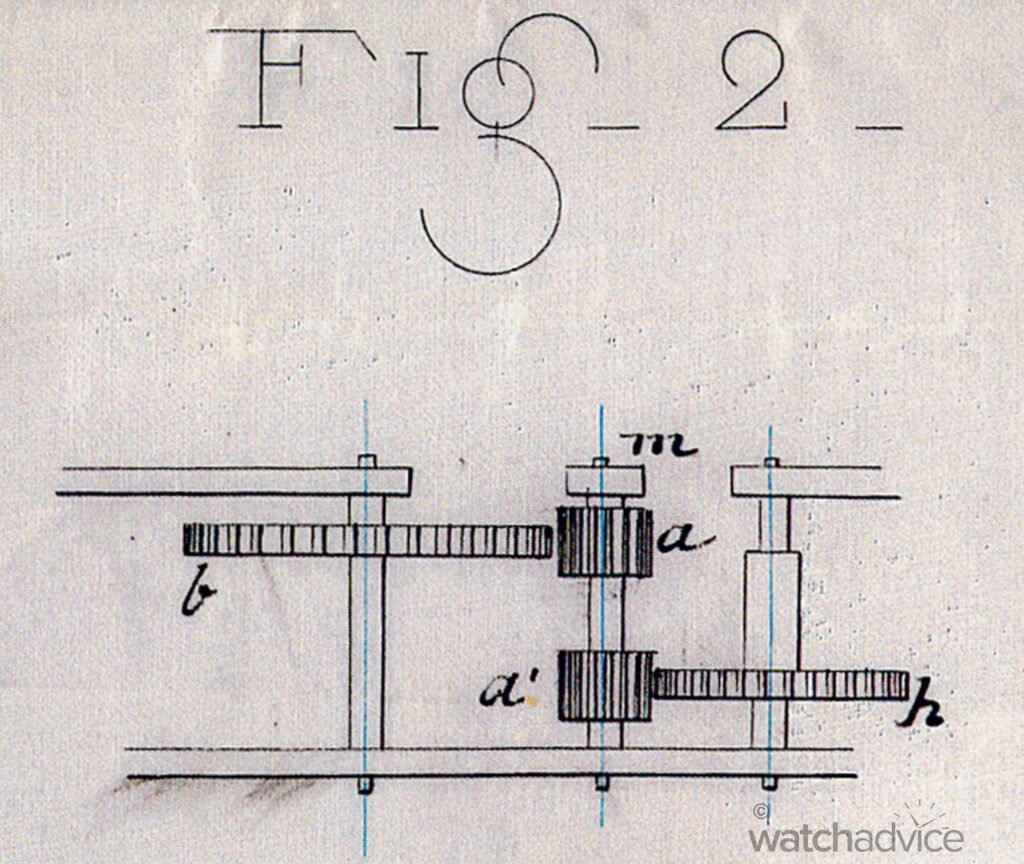
His 1887 innovation, the oscillating pinion, added a small component to a chronograph which allowed the complication to be started and stopped on command with a push button. This both made the chronograph’s operation and its maintenance significantly easier, with watch companies still using the oscillating pinion as a key component of their own chronograph movements to this day. At this time, one of Edouard’s two sons, Jules-Edouard, would also join the company, officially making Heuer a family business.
Fast-forward to the end of World War I as wrist-mounted watches are beginning to grow in popularity. Edouard Heuer has long since passed away, and now the direction of the company would soon be defined by his sons, Jules-Edouard and Charles-Auguste, who would join his brother.
Charles-Auguste would make his presence known at Heuer with the introduction of two innovations. The first would be in the field of medicine with the 1908 Sphygometer, featuring a pulsometer that could determine a patient’s heart rate in just 20 pulsations. The second would be his crowning achievement: the Mikrograph, capable of reading time to a staggering one hundredth of a second. The growing demand for accurate timing in athletic, industrial and even military disciplines made the Mikrograph and its several variations (e.g. Mikrosplit, Semikrograph) powerful horological tools of the 20th Century.
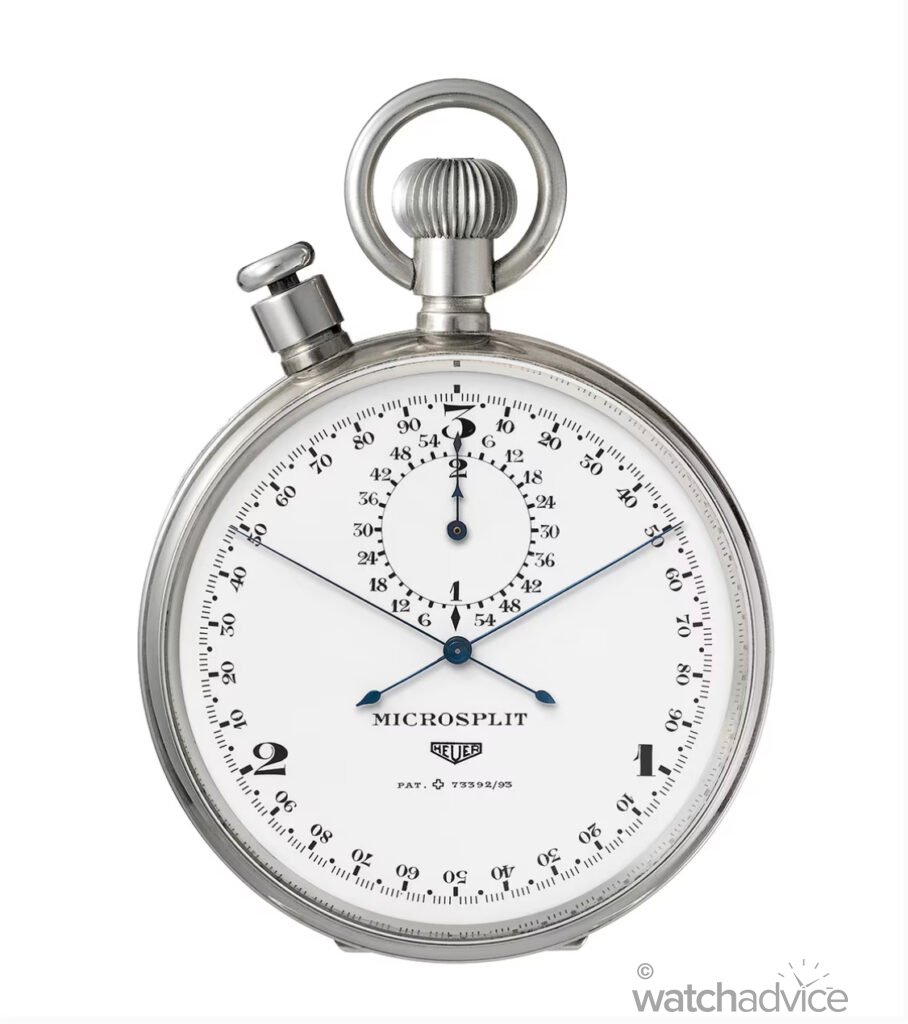
It’s perhaps for this reason that Heuer eventually became a lead supplier for timing equipment at the Olympic Games, perhaps the most prestigious sporting event of them all. Becoming an Olympic supplier, as it turns out, tends to attract a lot of attention to your business, so early deals like these would set the stage for TAG Heuer to soon become the premier sports-oriented watch brand they are known as today.
The Golden Age
The early to mid-20th Century would see Heuer bring about a wide range of successes, materialising themselves in many forms. Releases such as the Ring Master and the notable Autavia collection would help Heuer break into both athletic and vehicle-based sporting affairs, whist achievements such as John Glenn’s 1962 orbit around the Earth helped keep the Swiss brand on the world stage, making them the first ever Swiss watchmakers in space strapped onto Glenn’s wrist.
The late 40s would also see the debut of the Solunar, a watch that could determine the highest and lowest tides of the day. Made in a collaborative effort alongside Abercrombie and Fitch, this marks one of the earliest collaborations between a clothing brand and a watch brand. By the time the 50s rolled around, you could be fooled into thinking that Heuer had reached the height of their creative and technical prowess, yet the next few decades would prove that they were simply getting warmed up.
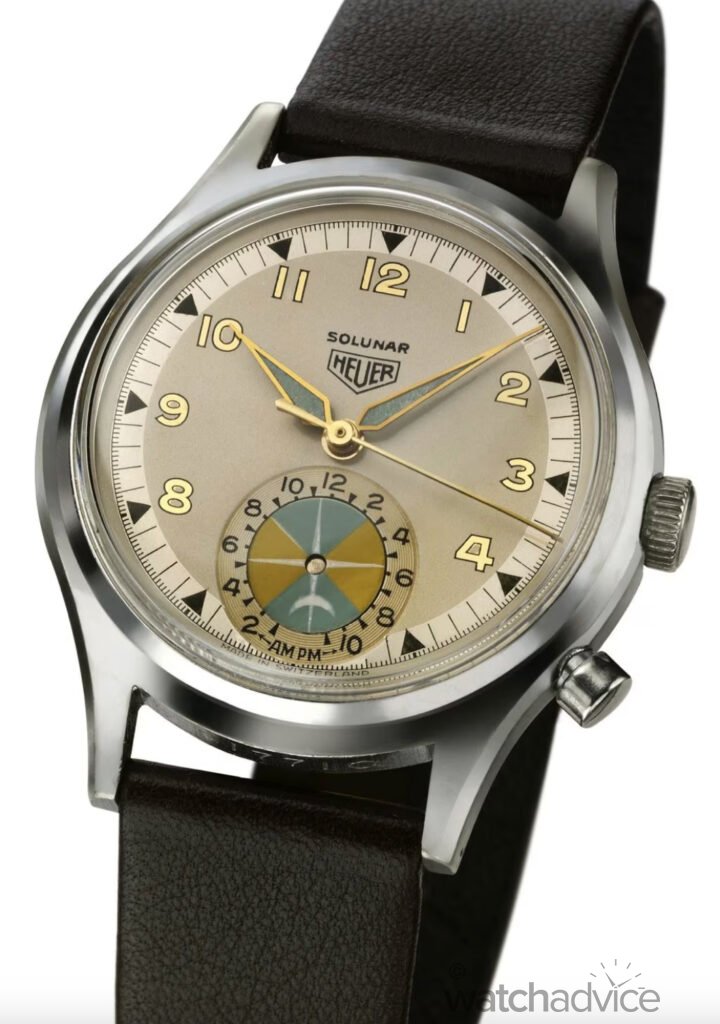
The arrival of one Jack Heuer, son of Charles-Edouard and great-grandson of Edouard Heuer, would mark a significant turning point for the brand in what TAG Heuer refer to as ‘The Golden Age.’ Not only did this Golden Age celebrate the leadership of a fourth-generation leader within Heuer, it also heralded the successes yet to come. Under Jack’s influence, the company would be dynamically thrust into the world of motorsports. Everyone in the racing world would fall under Heuer’s influence, from amateur race car drivers to even the Ferrari Formula One team; everybody knew that if you wanted timekeeping precision, Heuer was the place to be.
Though having the motorsports industry at your back and call was incredible in its own right, one race in particular had taken Jack’s interest more than the rest: The Carrera Panamericana, which ran from 1950 to 1954. At the height of its influence, it was one of the most dangerous races of any type in the world. Running nine stages over five days, the race ran from Juárez, across the international US/Mexico border and finishing in Ciudad Cuauhtémoc, close to the Mexico/Guatemala border. Stock, endurance, drag, and even Formula One drivers would all be attracted to this incredible race for a shot at eternal glory, in spite of the staggering 27 deaths that occurred over its lifespan – the highest mortality rate per race in the history of motorsports.
It’s this pursuit for glory that motivated Jack Heuer to create the ultimate motorsports chronograph, which premiered in 1963 and named ‘Carrera’ in honour of the race. Today, the TAG Heuer Carrera is one of the most revered chronographs in the entire watchmaking industry, but perhaps that’s a story for another time.
Jack Heuer’s involvement didn’t finish there. After the acquisition of stopwatch manufacturer Leonidas in the following year, he would move Heuer into the yacht racing scene with the first iterations of what would become the Skipper. He would also further integrate Heuer into the world of motorsports as the first non-automotive brand to appear on a Formula One car, thanks to a sponsorship of the great driver Jo Siffert.
Related reading: REVIEW: Hands-On With The TAG Heuer Aquaracer Professional 300 GMT
Yet, he would outdo his own achievement in the Carrera by way of ‘Project 99:’ A secret collaboration between Heuer-Leonidas, Breitling and movement manufacturers Dubois Dépraz. Their efforts succeeded, resulting in the first-ever automatic chronograph movement, the Calibre 11. This would soon end up finding itself in the revolutionary icon, the Monaco. Made famous later on by the venerable Steve McQueen, the TAG Heuer Monaco remains as one of the most recognisable watches of all time.
The Quartz Crisis & Becoming TAG Heuer
However, times were not always as good as they were in the Golden Age, and Heuer faced a looming threat in the Quartz Crisis. Seiko had successfully manufactured the Astron, the world’s first quartz watch, in Christmas of 1969, and the Swiss watch industry was at risk of being swallowed entirely at the height of this period.
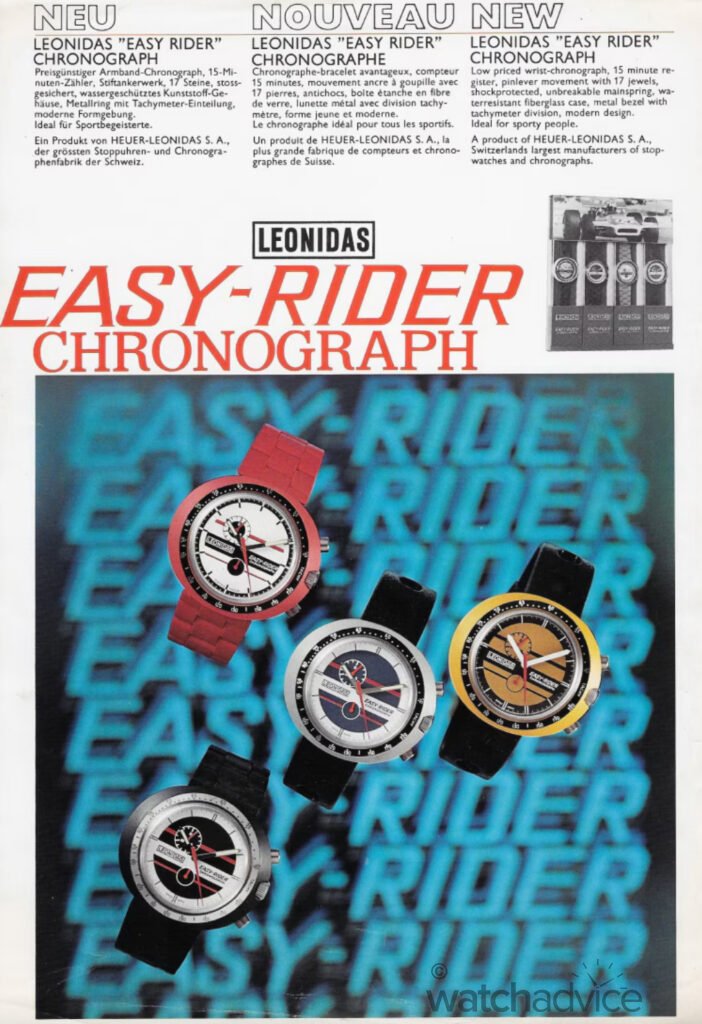
By the time the 80s rolled around, the Heuer brand had slowly become a shadow of its former self. Despite occasional successes, such as their switch to dive watches or rebellious and youthful quartz-driven designs, their influence over the watch world was gradually waning. A second wind would eventually arrive in the form of Techniques d’Avant-Garde, a holding company specialising in consumer products, real estate, and – most importantly – motorsports.
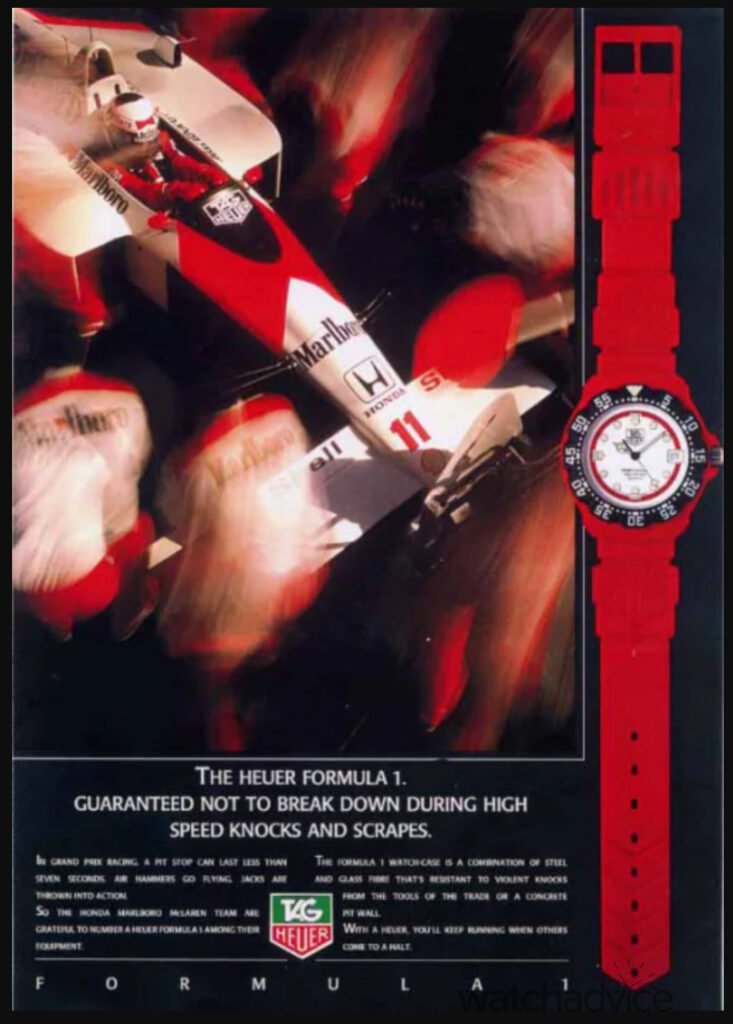
It was this mutual passion for motorsport that permitted Heuer to sign the dotted line with TAG, and thus TAG Heuer was born – on paper in 1985, and officially in 1986 with the release of the Formula One series. In just one release, TAG Heuer was able to do what Heuer had been trying so hard to do for years: Capture the hearts and minds of a new generation of watch enthusiasts. The Formula One’s nomenclature was easy to follow, their designs were bright and colourful, and they were relatively inexpensive to make and own.
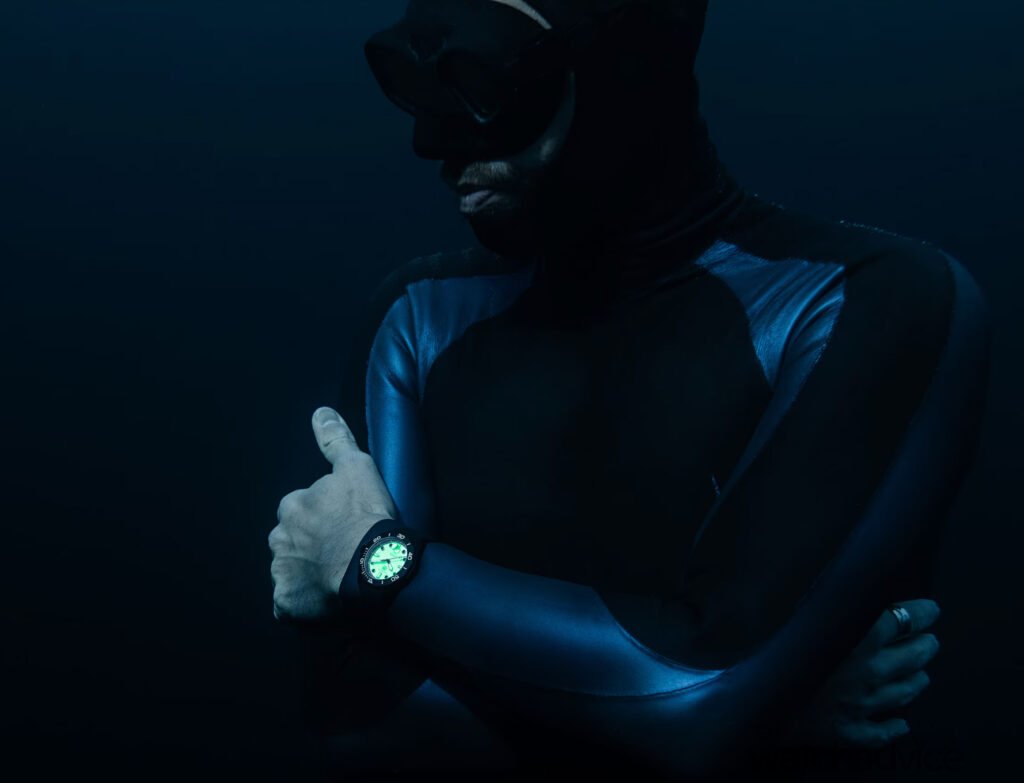
Serious watchmaking prowess in a zany and fun package was a match made in heaven, but TAG Heuer made it clear that they still wanted to move upmarket. The newly refined 2000 series helped out in that regard, with one TAG Heuer dive watch making its debut on the silver screen alongside Timothy Dalton’s James Bond in The Living Daylights (1987).
That same year, TAG Heuer would also debut the S/El line – Sports/Elegance – that proved to be extremely popular as a versatile and statement-making timepiece. Designed by Eddy Schöpfer, this collection ended up being popular with racing superstar and TAG Heuer Ambassador Ayrton Senna, who preferred his Ana/Digi Split Seconds S/El over most others. In 1999, the watch would be renamed the TAG Heuer Link in tribute to its proprietary design, with the name still carrying on to this day.
Related Reading: TAG Heuer’s Past, Present & Future – An Interview With Nicholas Biebuyck – Global Heritage Director for TAG Heuer
One standout from this era was the Kirium, a retro-futuristic design that, personally, has yet to come out of style. Designed by Jorg Hysek, an acclaimed watch designer with a resume that rivals the greats like Genta in Giroud, many Kirium models used quartz movements, there were also automatic and even COSC Chronometer-Certified pieces. Jorg Hysek would also go on to found his own watch brand and also create even more iconic watch designs, such as the Vacheron Constantin 222 and the Breguet Marine.
The Modern Day
In 1999, TAG Heuer joined the LVMH family, marking yet another evolution for the brand. Enriched by decades of automotive and sporting history, TAG Heuer once again had the opportunity to revive its innovative spirit.
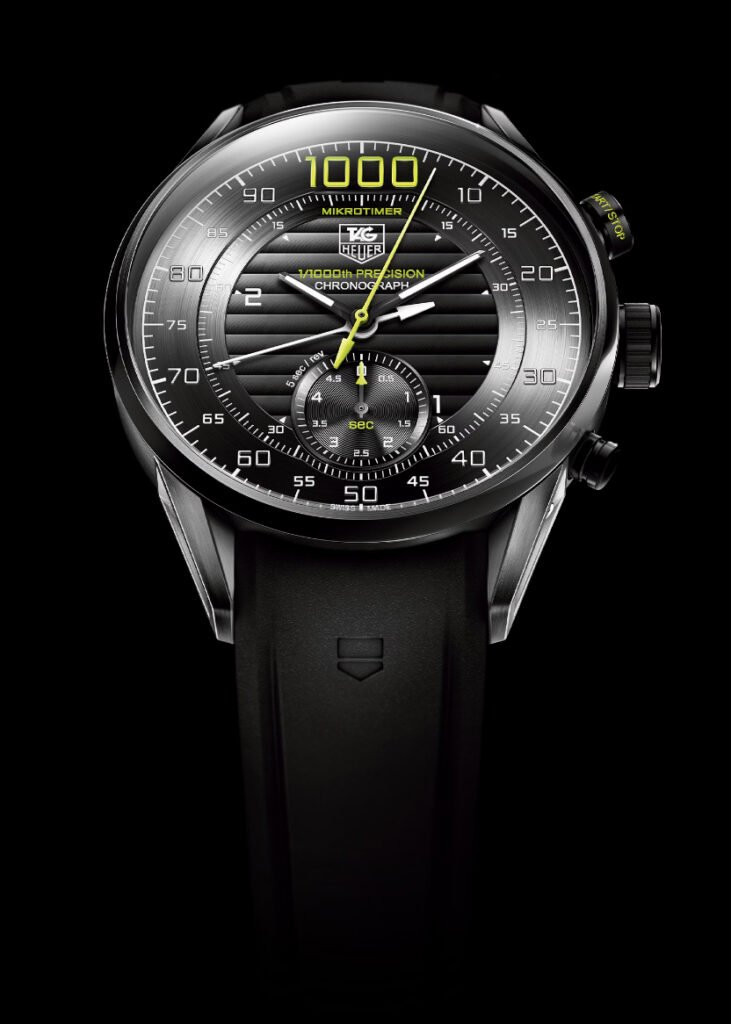
While Jack Heuer would eventually step down from active involvement, becoming honorary chairman in 2001, the company’s work was far from over. Under the leadership of industry minds like Jean-Christophe Babin and Jean-Claude Biver, TAG Heuer made its presence felt in the upper echelons of the watchmaking industry throughout the 2000s and 2010s. This period saw the release of the newly-minted Aquaracer collection, as well as groundbreaking models like the Monaco V4 (2004), the Mikrotimer (2010), and the game-changing Heuer 02/Heuer 02T movements (2016/17). Even to this day, the world record of longest power reserve of any automatic chronograph remains uncontested with TAG Heuer, with the Heuer 02 (Now the TH20-00) capable of a monstrous eighty-hour runtime.
But while the path forward had always been clear, the perceived disconnect between the company and its heritage constantly met the ire of TAG Heuer enthusiasts. It felt like the product was almost becoming too innovative, where the technological advancements were doing away with what made TAG Heuer great in the first place.
This couldn’t be further from the truth, especially recently as TAG Heuer doubles down on its historical roots whist continuing to innovate. Having been a part of the brand since 2017, Frédéric Arnault would eventually find himself as TAG Heuer’s CEO at just 25 years old. Under his leadership, the brand embarked on a mission to reposition itself as a high-end luxury watchmaker. Arnault brought in prominent names like Carole Forestier-Kasapi and Nicholas Biebuyck to ensure that TAG Heuer’s engineering and historical achievements respectively were appropriately attended to. Their combined efforts would eventually result in the TAG Heuer Carrera Glassbox in 2023, a new design informed by an amalgamation of heritage aesthetic and modern technological mastery.
Related reading: The New TAG Heuer Carrera “Glassbox”. Is This The Chronograph We Didn’t Know We Needed?
The Future of TAG Heuer
TAG Heuer has gone through three distinct eras: its origin in a small workshop in Switzerland, its Golden Age under Jack Heuer, and its revival during the Quartz Crisis, leading to its transformation into the brand we know today. With the recent introduction of individuals like Arnault, Forestier-Kasapi, and Biebuyck, it seems a new chapter in the brand’s illustrious story is unfolding.
Today, the Swiss brand is once again at the top of its game. While Arnault has moved on to head the LVMH Watch Division, Julien Tornare and a returning Antoine Pin have both continued to push the brand towards success in Arnault’s stead. In any case, TAG Heuer has rediscovered its pioneering spirit, proving time and again that the end of one journey only marks the beginning of another.
Related reading: INTRODUCING: The TAG Heuer Carrera Chronograph Seafarer x Hodinkee
So, what does the future hold for TAG Heuer? Now a standard-bearer for the industry, the brand’s future moves are hard to predict. Perhaps they continue down the heritage-inspired path with releases, like the Abercrombie & Fitch Seafarer; Otherwise, they could explore new innovations in haute horlogerie, such as their recent Monaco Split-Seconds Rattrapante – The possibilities are practically endless!
Either way, the legacy that TAG Heuer has built for themselves is secure, and their forward-thinking ethos promises to continue making headlines for years to come. Whether it’s new Carreras, Monacos, Aquaracers, Formula Ones, or even a revival of the Link and Autavia lineups, TAG Heuer’s presence in the watch industry, both now and in the future, looks stronger and brighter than ever before.


